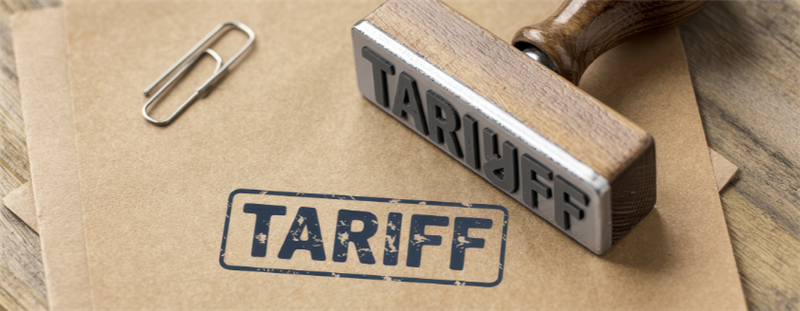
For CTOs overseeing global supply chains, tariff fluctuations are more than a budgeting headache – they’re a strategic blind spot. Traditional ERP and procurement systems weren’t built to simulate trade policy shocks or optimize sourcing decisions dynamically.
That’s why Wavicle built something that was.
Most manufacturing firms understand tariff rates after the damage is done after costs have spiked, margins have eroded, and the opportunity to switch vendors has closed. The missing piece isn’t intent, it’s insight.
Wavicle’s AI-Powered Tariff Intelligence Platform equips teams to trace, simulate, and strategize around trade changes before they hit the bottom line.
Wavicle maps every product’s Bill of Materials (BOM) to corresponding HTS codes, linking each component to supplier origin and tariff exposure.
So instead of asking “Where are our tariff risks?”, you’ll know exactly:
This visibility is centralized in a single, intuitive dashboard, built for sourcing, finance, and operations to work from the same data.
Using a flexible simulation engine, Wavicle enables teams to model:
This is not generic modeling. Wavicle’s platform ingests real-time trade data, supplier information, and pricing to generate material-level, region-specific impact reports.
You can even ask:
“If Material X sourced from China has a 25% tariff, and we switch to Vietnam at 5%, what happens to our margin if demand stays stable?”
and get an answer in seconds.
At the core is an Agentic AI layer that does more than inform, it recommends:
You get decision-ready insights like:
“Switching to a Mexican supplier avoids tariff costs, saves $1.50 per unit, adds 2 weeks to lead time. If demand forecast remains steady, this switch improves net margin with minimal risk.”
In a world where trade policies shift overnight, waiting for clarity is no longer a strategy, it’s a liability. Wavicle’s Tariff Intelligence Platform turns tariff risk into a competitive edge by giving your teams the foresight, flexibility, and AI-powered intelligence to act before the impact hits.
Ready to shift from reactive to resilient?
Get in touch with our team to see how Wavicle can help you make smarter sourcing decisions, before tariffs make them for you.